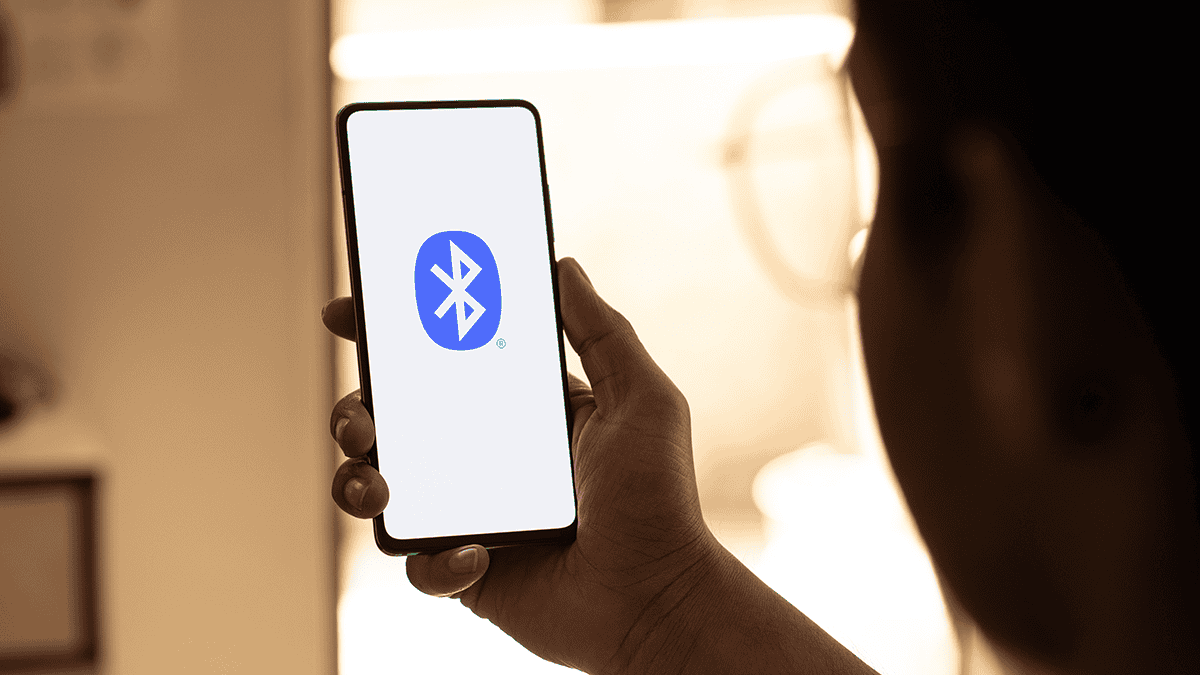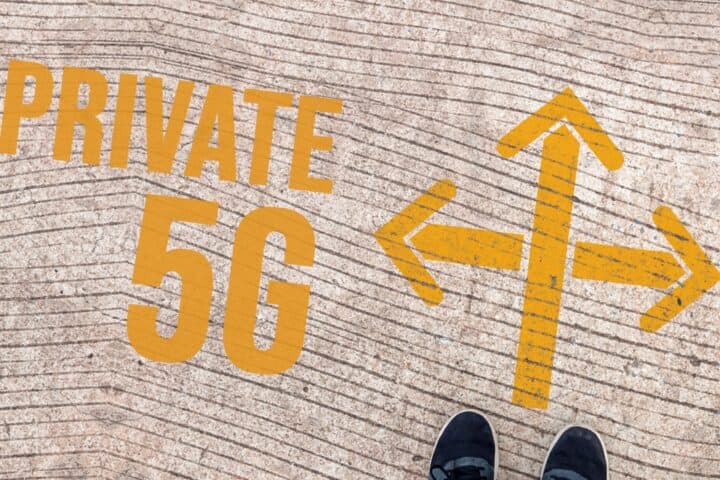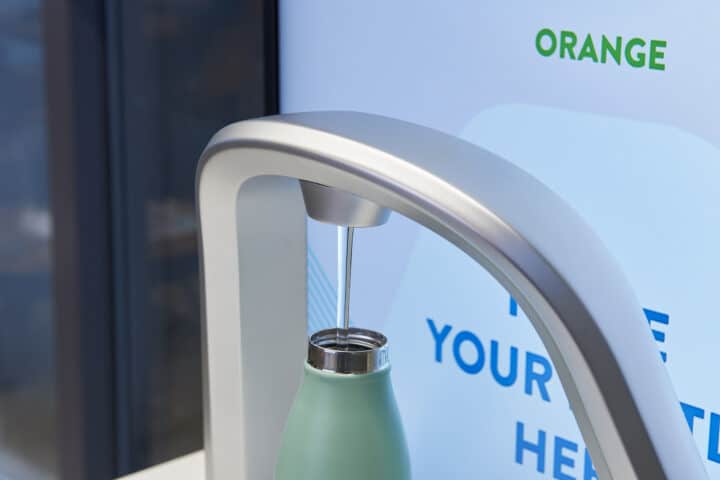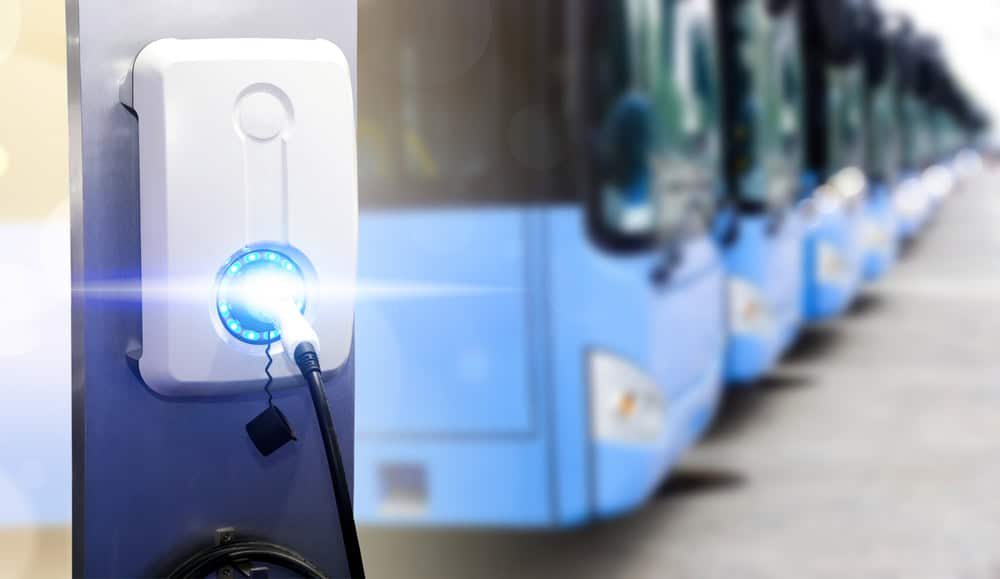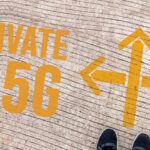Bluetooth Low Energy (BLE) is transforming asset tracking with its energy efficiency, precision, and cost-effectiveness, setting it apart from traditional methods like RFID and GPS. Unlike RFID, which requires significant infrastructure and only supports short-range tracking, BLE uses a network of low-energy beacons and receivers that can run for years on minimal power. BLE also offers better scalability and ease of integration into existing systems, making it ideal for businesses looking to enhance their asset tracking capabilities. Additionally, GPS provides real-time location data but compromises battery life and accuracy in certain environments, whereas BLE ensures precise location tracking over larger areas without draining power. BLE beacons, attached to assets, transmit unique signals that receivers use to track the assets in real time based on signal strength. This technology has gained widespread adoption due to its interoperability and compatibility with a variety of devices, from smartphones to dedicated receivers. As BLE-based tracking systems continue to expand, businesses are benefiting from more reliable, scalable, and cost-effective asset management solutions that can adapt to evolving needs.

Revolutionizing Asset Tracking: How Bluetooth Low Energy (BLE) Outperforms RFID and GPS with Enhanced Efficiency and Cost-Effectiveness
By utilizing features like energy efficiency, precision in location tracking, and cost-effectiveness to improve asset tracking and set it apart from conventional methods of tracking, such as passive radio frequency identification ( RFID), GPS and Wi-Fi, the use of Bluetooth Low Energy ( BLE ) for asset tracking has proved to be a transformative technology.
Traditional asset tracking relied on regular methods that were time-consuming and susceptible to human error, which eventually morphed into RFID and GPS solutions. GPS provides real-time location for assets already in transit, and RFID enables asset tracking without a direct line of sight for them.
RFID uses magnetic fields to locate and follow tags that are attached to objects. RFID tags communicate with RFID readers. They’re commonly used in inventory management, access control and supply chain tracking.
GPS, however, uses a network of satellites to determine the location of a GPS-enabled device and is especially effective for tracking assets over long distances, in outside environments. Although both of these technologies are still in use today, it’s important to remember that BLE’s features, especially its cost-effectiveness and interoperability as a widely recognized and adopted technology, have increased its popularity for asset tracking.
While RFID is successful for short-range tracking, it can require significant infrastructure investment and be difficult to track assets across huge areas. GPS offers more coverage, but it may compromise battery life and tracking accuracy.

How does Bluetooth LE work in asset tracking?
Bluetooth asset tracking works by using a network of BLE-enabled devices, beacons or tags, which transmit low-power radio signals. These signals are received by BLE-compatible devices like dedicated receivers or smartphones. The location and status of assets are determined in real time using the data collected from these signals.
BLE beacons are tiny, battery-operated devices that are attached to the items that need to be tracked and constantly transmit low-energy Bluetooth signals. The signal, often referred to as an advertising packet, contains a special ID along with other data. Depending on the requirements of the application, the transmission frequency can be changed.
BLE receivers pick up the signal, record its distinct ID, the received signal’s strength, and any other data that is transmitted. The receiver’s reception signal strength indicator ( RSSI) is crucial for determining the beacon’s proximity to the receiver. Typically speaking, the closer the beacon is to the receiver, the stronger the signal.
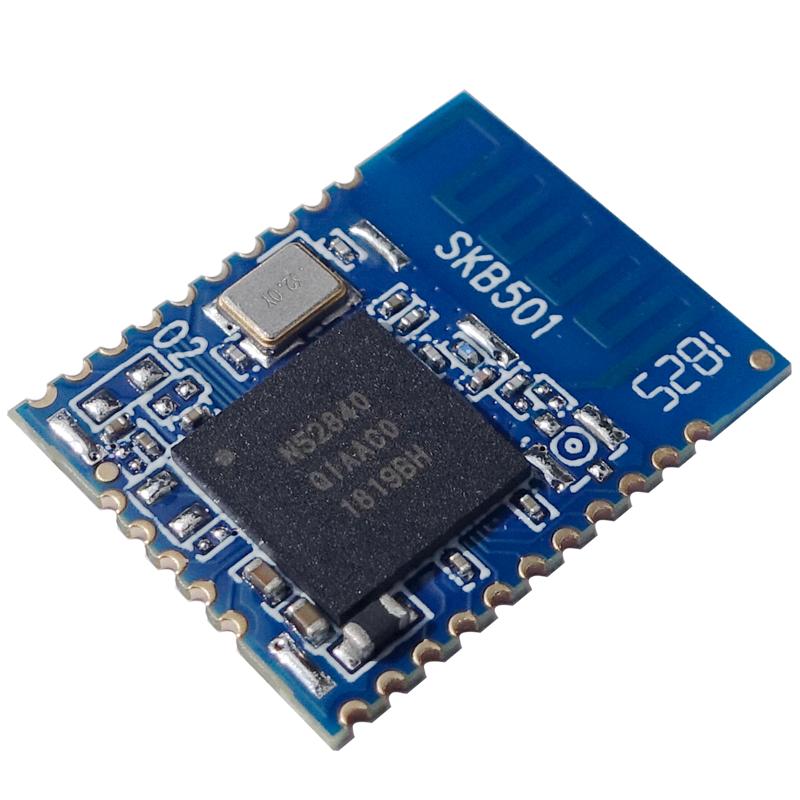
Benefits of Bluetooth LE
In theory, Mobile LE can run for years on a battery while maintaining good connectivity, and was developed for applications that require minimal power consumption.
Because it requires precision and energy efficiency, BLE offers, this technology is appropriate for asset tracking. The widespread support of Bluetooth makes it a significant plus for Bluetooth LE-based tracking systems, which means access and management can be done on a wide range of existing hardware.
For businesses who are considering adopting and/or implementing BLE-based asset tracking systems, they need to assess their range requirements as their effectiveness can depend, based on actual obstructions and signal interference, battery life management, integration with existing systems, data management and security, and scalability and future-proofing. The best way to implement a system that can, for instance, accommodate more beacons and change business requirements is to implement one.
In an announcement about the company expanding its Bluetooth-enabled GPS devices and summing up why some businesses are choosing Mobile La for their asset tracking application, Ken Everett, CEO and Founder of Digital Matter, said,” Many of our partners require a a’truly world’ connectivity solution.” We’re excited to immediately be able to provide a solution that addresses these concerns and makes it possible to manage and track assets without geographical restrictions effectively.

